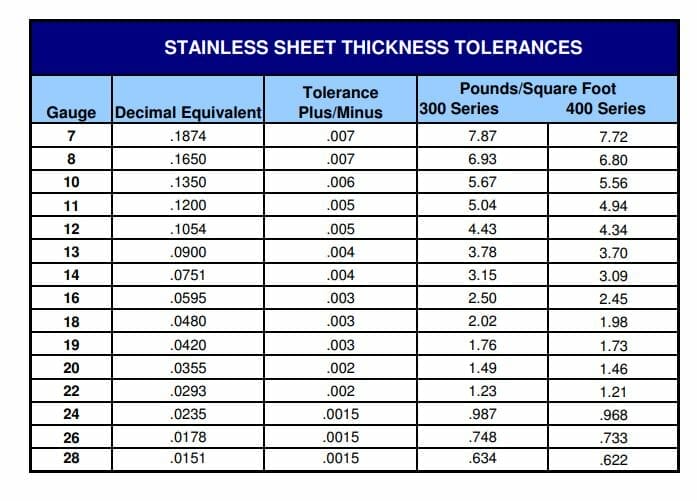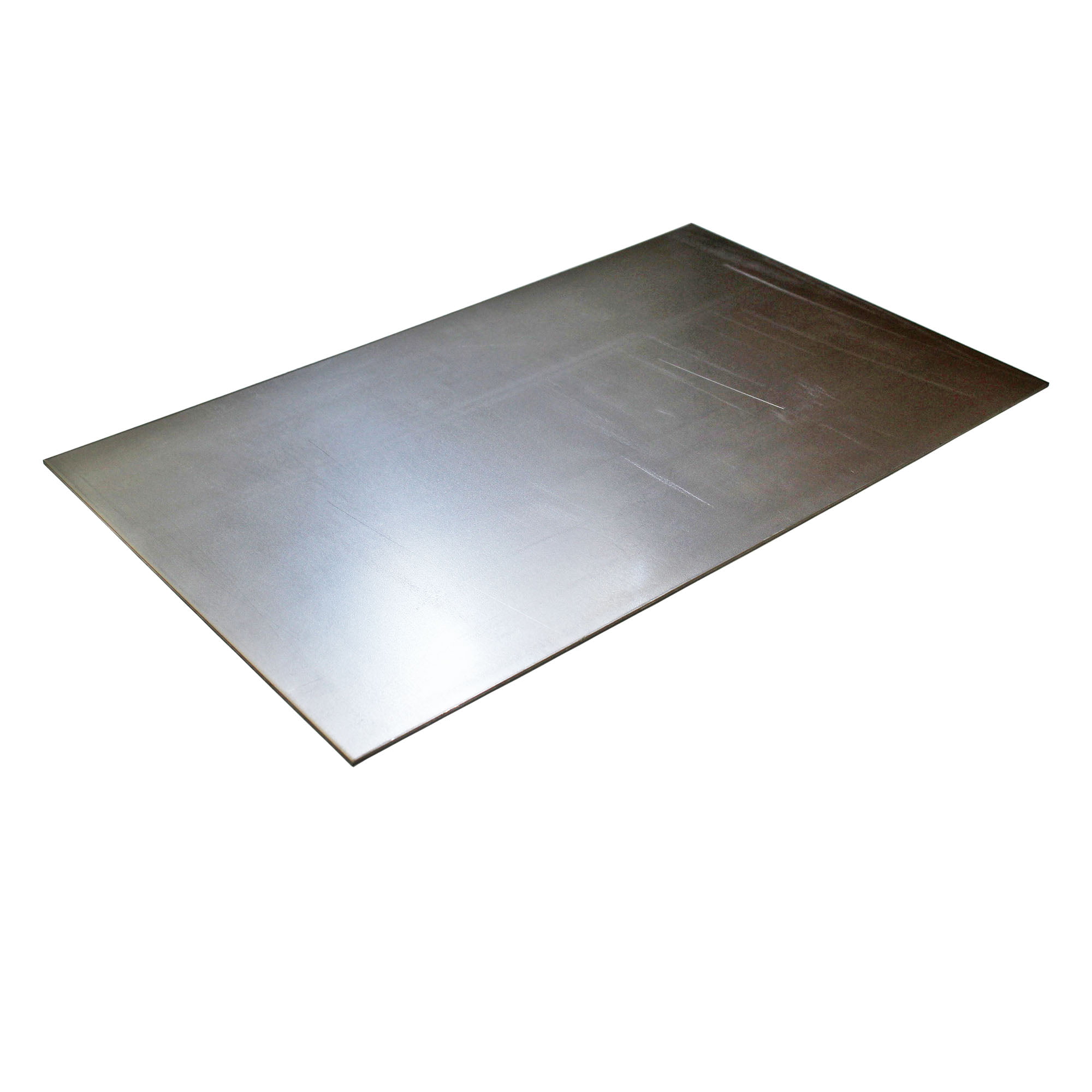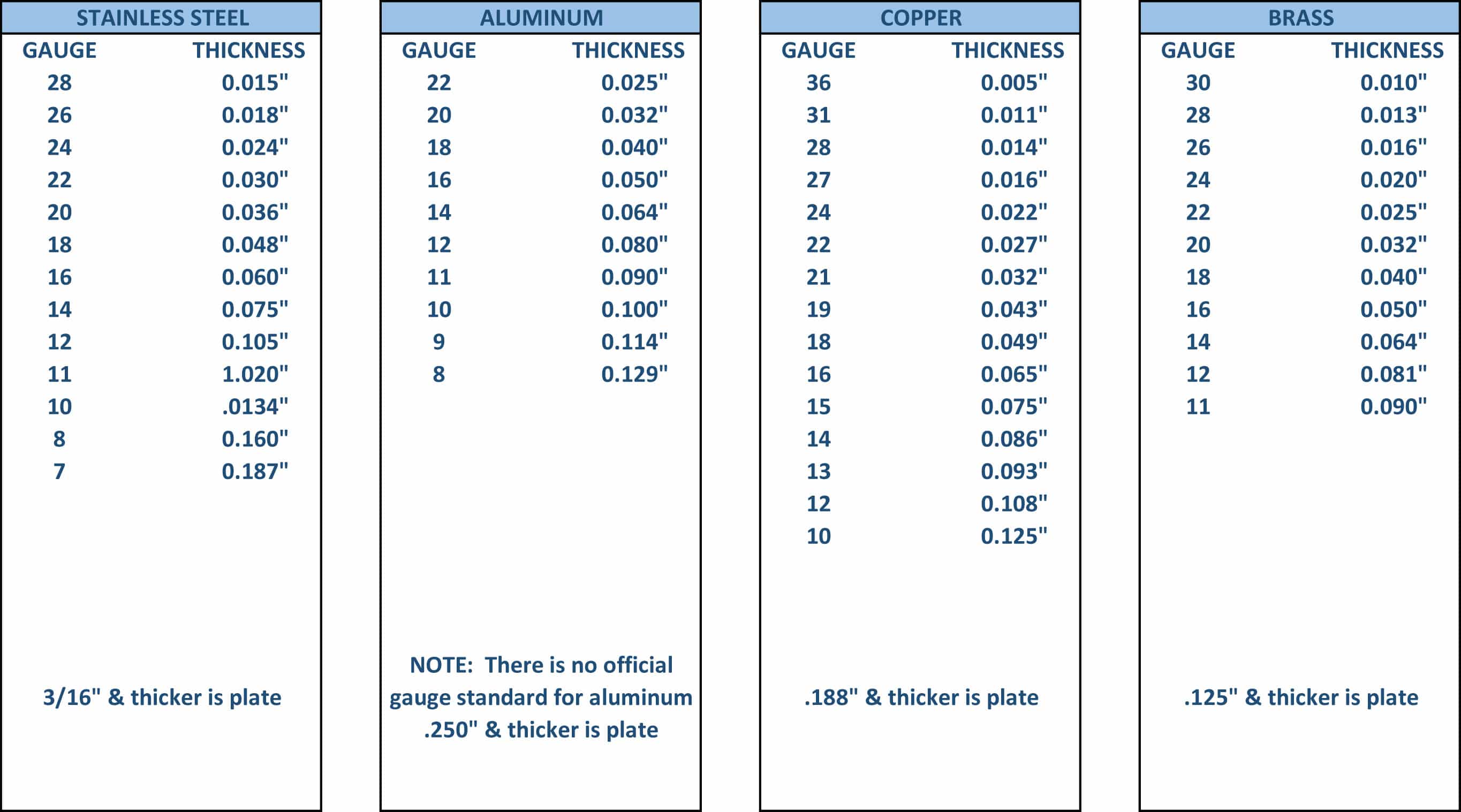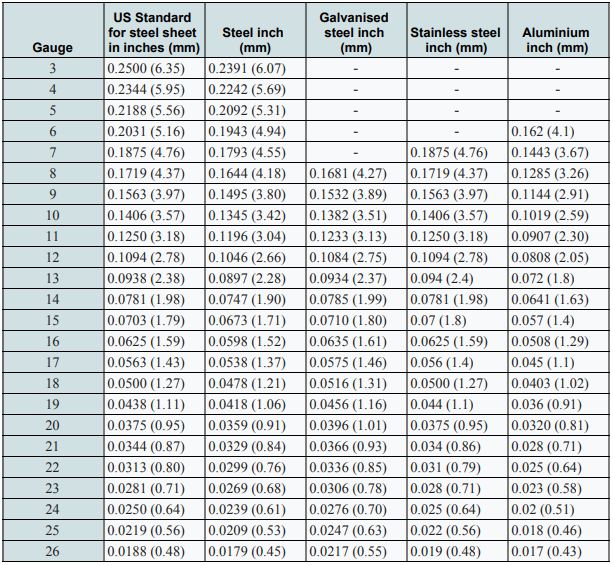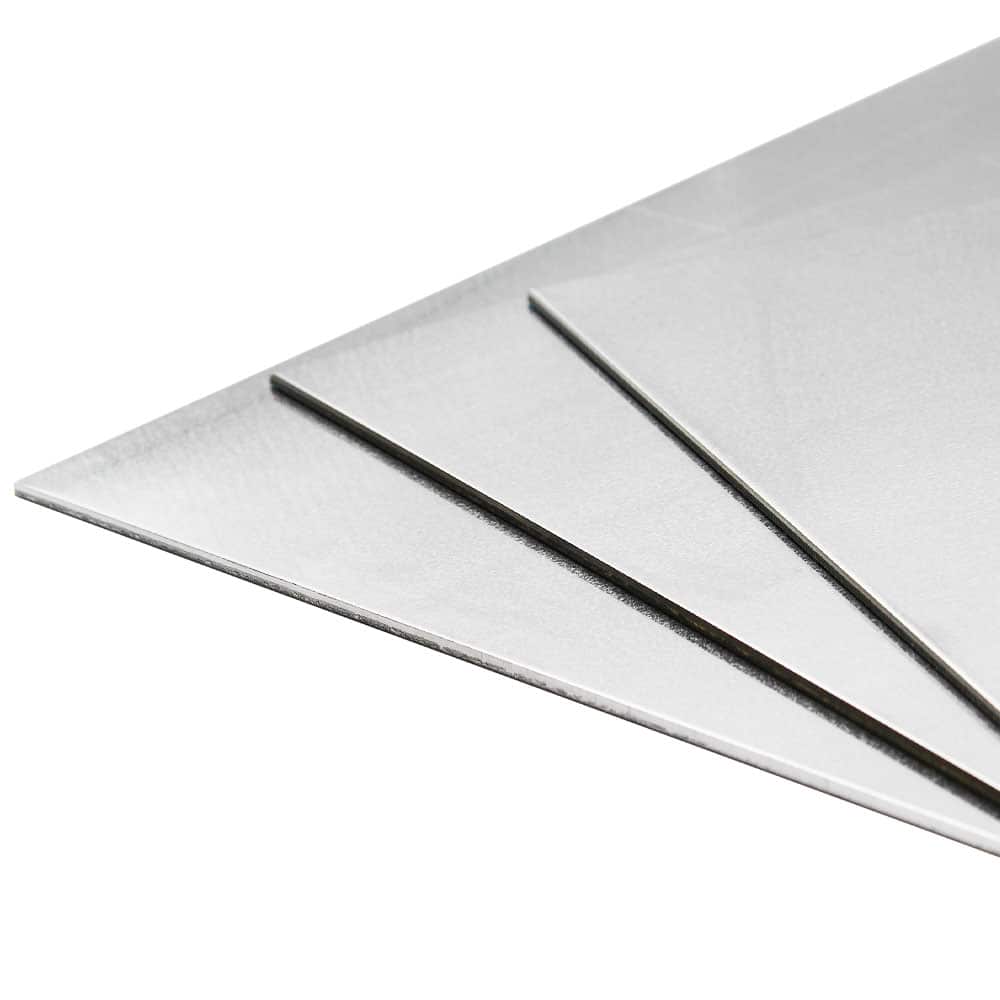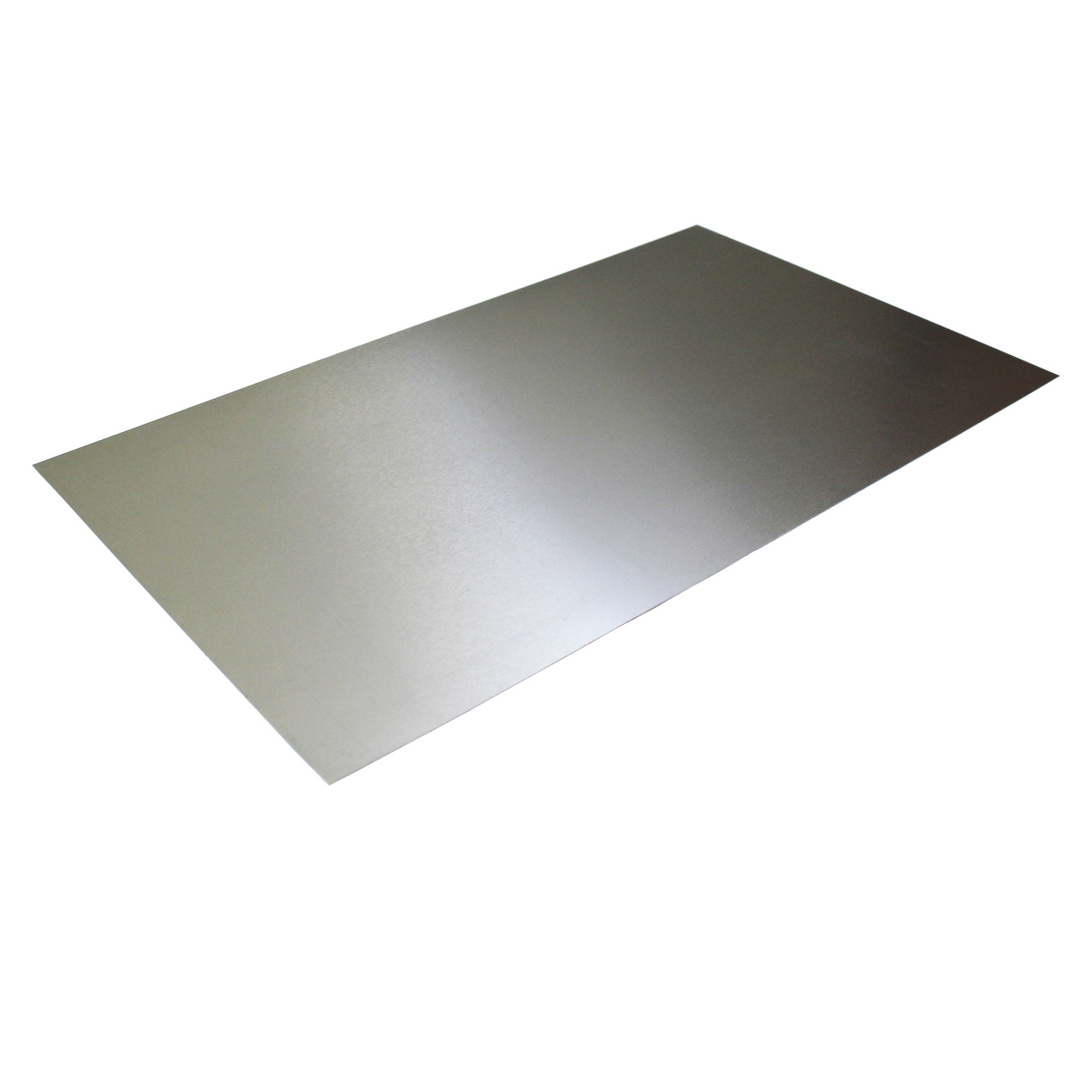How Thick Is Sheet Metal - Anything thicker is called a plate. In australia, the typical thickness of sheet metal is between 0.5 millimetres and 6 millimetres. In north america, we measure it in two ways: Sheet metal thickness is denoted by gauge, sometimes spelled gage, which indicates a standard thickness before processing. Sheet metal is under ¼ (0.25”) thick. Gauge (ga.) is a length measurement unit for diameters originating in. What is the standard thickness of sheet metal? The chart below can be used to determine the equivalent sheet thickness, in inches or millimeters, for a gauge number from the selected gauge size standard. Gauge are used to specify the thickness of a metal sheet. When working with sheet metal, the term “gauge” is often used.
Anything thicker is called a plate. In north america, we measure it in two ways: Gauge are used to specify the thickness of a metal sheet. Anything thicker 6 millimetres is. Sheet metal thickness is denoted by gauge, sometimes spelled gage, which indicates a standard thickness before processing. Sheet metal is under ¼ (0.25”) thick. In australia, the typical thickness of sheet metal is between 0.5 millimetres and 6 millimetres. Gauge (ga.) is a length measurement unit for diameters originating in. When working with sheet metal, the term “gauge” is often used. The weight per unit area.
Anything thicker is called a plate. In australia, the typical thickness of sheet metal is between 0.5 millimetres and 6 millimetres. Gauge are used to specify the thickness of a metal sheet. Sheet metal is under ¼ (0.25”) thick. The weight per unit area. Gauge (ga.) is a length measurement unit for diameters originating in. In north america, we measure it in two ways: Anything thicker 6 millimetres is. Click here for a gauge to mm conversion chart. When working with sheet metal, the term “gauge” is often used.
Gauge To Thickness Conversion For Common Sheet Metals, 58 OFF
Sheet metal thickness is denoted by gauge, sometimes spelled gage, which indicates a standard thickness before processing. Click here for a gauge to mm conversion chart. In north america, we measure it in two ways: Sheet metal is under ¼ (0.25”) thick. In australia, the typical thickness of sheet metal is between 0.5 millimetres and 6 millimetres.
Everything You Need to Know About Mild Steel Sheet Metal Speciality
Anything thicker 6 millimetres is. Gauge are used to specify the thickness of a metal sheet. Anything thicker is called a plate. The weight per unit area. When working with sheet metal, the term “gauge” is often used.
Sheet Metal Thickness Chart Sst
What is the standard thickness of sheet metal? Anything thicker is called a plate. The weight per unit area. Anything thicker 6 millimetres is. Gauge are used to specify the thickness of a metal sheet.
Steel Sheet Thickness sheet
Gauge (ga.) is a length measurement unit for diameters originating in. Anything thicker 6 millimetres is. Gauge are used to specify the thickness of a metal sheet. Sheet metal is under ¼ (0.25”) thick. When working with sheet metal, the term “gauge” is often used.
Metal Sheet Thickness Gauge
The chart below can be used to determine the equivalent sheet thickness, in inches or millimeters, for a gauge number from the selected gauge size standard. Sheet metal thickness is denoted by gauge, sometimes spelled gage, which indicates a standard thickness before processing. Sheet metal is under ¼ (0.25”) thick. The weight per unit area. Click here for a gauge.
Steel sheet metal gauge chart MS/ carbon steel thicknesses
Gauge are used to specify the thickness of a metal sheet. The chart below can be used to determine the equivalent sheet thickness, in inches or millimeters, for a gauge number from the selected gauge size standard. In australia, the typical thickness of sheet metal is between 0.5 millimetres and 6 millimetres. Anything thicker 6 millimetres is. The weight per.
Sheet Metal 12 Gauge Thickness
Gauge are used to specify the thickness of a metal sheet. The chart below can be used to determine the equivalent sheet thickness, in inches or millimeters, for a gauge number from the selected gauge size standard. Sheet metal is under ¼ (0.25”) thick. The weight per unit area. Click here for a gauge to mm conversion chart.
Mastering Aluminium Sheet A Comprehensive Guide to Sheet Metal
The weight per unit area. Anything thicker is called a plate. The chart below can be used to determine the equivalent sheet thickness, in inches or millimeters, for a gauge number from the selected gauge size standard. When working with sheet metal, the term “gauge” is often used. What is the standard thickness of sheet metal?
Sheet Steel Definition at Jennifer Johnson blog
The chart below can be used to determine the equivalent sheet thickness, in inches or millimeters, for a gauge number from the selected gauge size standard. The weight per unit area. Anything thicker is called a plate. Anything thicker 6 millimetres is. When working with sheet metal, the term “gauge” is often used.
10 Gauge Stainless Steel Thickness
Anything thicker 6 millimetres is. Gauge are used to specify the thickness of a metal sheet. When working with sheet metal, the term “gauge” is often used. In australia, the typical thickness of sheet metal is between 0.5 millimetres and 6 millimetres. Sheet metal thickness is denoted by gauge, sometimes spelled gage, which indicates a standard thickness before processing.
Gauge (Ga.) Is A Length Measurement Unit For Diameters Originating In.
Anything thicker 6 millimetres is. When working with sheet metal, the term “gauge” is often used. The weight per unit area. Click here for a gauge to mm conversion chart.
In Australia, The Typical Thickness Of Sheet Metal Is Between 0.5 Millimetres And 6 Millimetres.
In north america, we measure it in two ways: Sheet metal is under ¼ (0.25”) thick. Anything thicker is called a plate. Sheet metal thickness is denoted by gauge, sometimes spelled gage, which indicates a standard thickness before processing.
What Is The Standard Thickness Of Sheet Metal?
Gauge are used to specify the thickness of a metal sheet. The chart below can be used to determine the equivalent sheet thickness, in inches or millimeters, for a gauge number from the selected gauge size standard.
